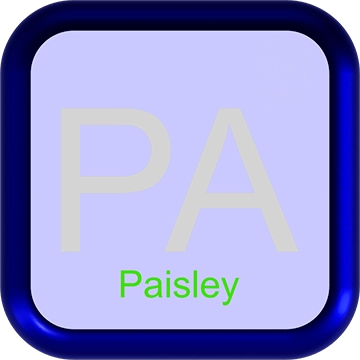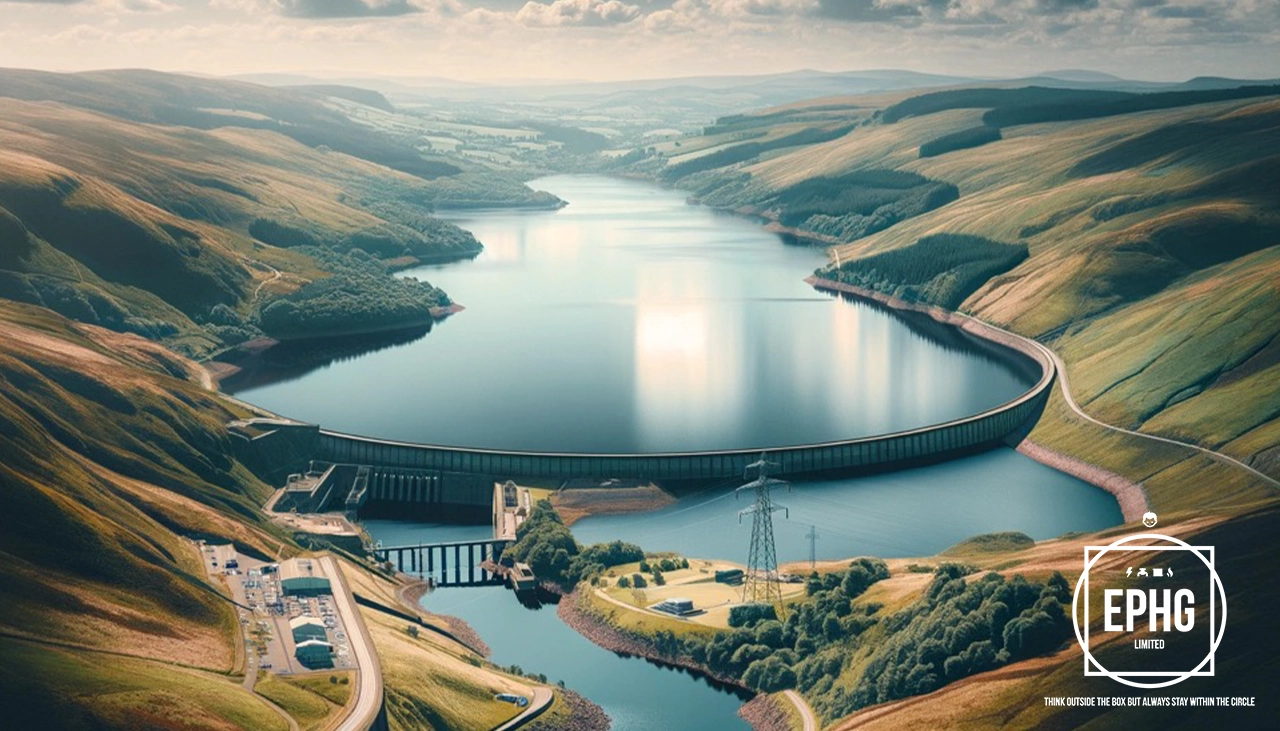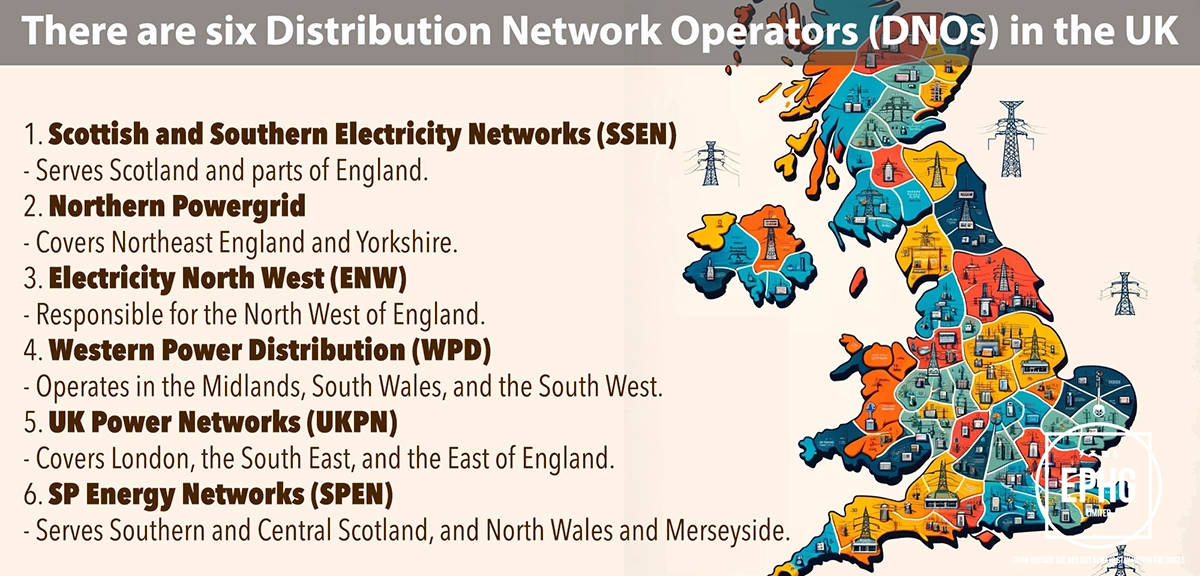
PA Postcodes for Utilities & Services in the Paisley and Surrounding Areas
Introduction: The PA postcode area, encompassing Paisley, the Argyll, and parts of the Scottish Highlands, offers a unique blend of urban and rural living. This guide provides insights into local water and electricity supply, alongside other pertinent utility information.
Water in the Paisley Area
Where does the water supply come from in the Paisley area and is there ever a shortage of water?
In the Paisley area, water is primarily sourced from the River Clyde, along with smaller contributions from local lochs and reservoirs, such as Loch Thom and the Gare Loch. These sources are essential for supplying the region with high-quality drinking water, processed and purified through sophisticated treatment facilities to meet safety standards. While the Paisley and broader PA postcode areas generally enjoy a steady supply of water, they are not immune to environmental challenges. Seasonal variations, climate change impacts, and regional development can pressure water resources. However, Scottish Water actively manages supplies and implements conservation measures to ensure sustainability. Residents are advised to use water judiciously, especially during dry spells, to aid in maintaining a stable supply.
What is the hardness & quality of the water in the Paisley area and can this affect your health?
The water in the Paisley area and throughout much of the PA postcode is typically soft, particularly because the region's water sources do not flow through limestone or chalk areas. Soft water, low in calcium and magnesium, is beneficial in reducing limescale build-up in household appliances and improving the efficiency of soaps and detergents. The quality of the water is consistently monitored and treated to ensure it meets rigorous health and safety standards, making it safe for all household uses. While soft water lacks significant mineral content, this does not pose a health risk; necessary minerals can be easily obtained through a balanced diet. Authorities in the region remain committed to providing high-quality water and encourage residents to engage with local water conservation and quality maintenance efforts.
Electricity in the PA Postcode Area
Where does the electric supply come from in the PA postcode area and what is the future of energy there?
The PA postcode, encompassing regions like Paisley, Argyll, and parts of the Scottish Highlands, receives its electricity from a combination of sources including traditional fossil fuels, hydroelectric power, and a growing contribution from renewable sources such as wind and solar energy. The region benefits from Scotland’s extensive natural resources, particularly hydroelectric power from the Highlands and wind energy from the coastal areas. As part of Scotland's ambitious plans for renewable energy, the PA area is seeing an increase in the use of sustainable practices and technologies. The future of energy in the PA postcode is aimed towards a greener, more sustainable model, with investments in renewable energy sources and initiatives designed to decrease reliance on fossil fuels and reduce carbon emissions. This includes expanding wind farm installations and exploring new technologies like tidal and geothermal energy.
When is hydrogen coming to gas boilers in the PA postcode area?
As Scotland moves towards green energy, the PA postcode area is also expected to participate in the shift from natural gas to hydrogen for heating homes and businesses. This transition aligns with national strategies to reduce carbon emissions and combat climate change. While the timeline for hydrogen integration is still being formulated, pilot projects and research are underway, with the wider rollout depending on the outcomes of these initiatives. Residents should stay updated with local energy providers' announcements and be prepared for gradual changes, including the adoption of hydrogen-compatible appliances and infrastructure. Local services are anticipated to provide support and information on transitioning to hydrogen heating systems as this cleaner, more sustainable option becomes available.
Where Does the Wastewater Go in the PA Postcode Area
In the PA postcode area, wastewater management is crucial to maintaining public health and preserving the natural beauty of Scotland’s landscapes. Wastewater from homes, businesses, and industrial facilities is collected and transported to local treatment plants, where it undergoes comprehensive processing to remove contaminants. These facilities, utilizing advanced treatment technologies, ensure that the water meets environmental standards before being released back into local rivers and the sea. Key rivers in the area, like the River Clyde and River Awe, are safeguarded through stringent regulations and continuous monitoring to prevent pollution and protect ecosystems. The focus on efficient wastewater treatment in the PA area highlights the region's commitment to environmental stewardship and sustainable living practices.
Regions and Services:
The PA postcode area spans a vast range of environments, from the bustling towns of Paisley and Greenock to the serene landscapes of the Argyll and Bute countryside. Key regions include:
- Paisley and Greenock: Urban centers known for their comprehensive utility services, these towns are the backbone of the region's infrastructure, offering advanced electrical, gas, and water services.
- Oban, Dunoon, and Campbeltown: These coastal towns balance traditional and modern amenities, showcasing a commitment to maintaining historical charm while integrating modern utility solutions, including renewable energy initiatives.
- Islay, Bute, and Arran: Islands within the PA postcode that exemplify sustainable living, with growing investments in wind, solar, and hydroelectric power sources to complement their traditional utility frameworks.

Regions within the PA Postcode
Paisley and Surrounding Areas
- PA1: Paisley Central, Gallowhill, Whitehaugh
- PA2: Paisley (South), Glenburn, Castlehead
- PA3: Paisley (Northwest), Linwood
- PA4: Renfrew, Inchinnan
- PA5: Johnstone, Elderslie, Howwood
- PA6: Houston, Crosslee, Craigends
- PA7: Bishopton
- PA8: Erskine
Argyll and West Highlands
- PA9: Johnstone surrounding areas, Kilbarchan
- PA10: Bridge of Weir, Kilmacolm
- PA11: Bridge of Weir, Quarrier's Village
- PA12: Lochwinnoch, Newton of Belltrees
- PA13: Kilmacolm
- PA14: Port Glasgow, Langbank
- PA15: Greenock Central, West
- PA16: Greenock East, Gibshill
- PA17: Inverkip
- PA18: Wemyss Bay
- PA19: Gourock
- PA20: Isle of Bute, Rothesay
- PA21: Tighnabruaich, Kames
- PA22: Colintraive, Glendaruel
- PA23: Dunoon, Sandbank
- PA24: Cairndow, Strachur
- PA25: Lochgoilhead, St Catherine's
- PA26: Cairndow
- PA27: Cairndow, Inveraray
- PA28: Campbeltown
- PA29: Tarbert
- PA30: Lochgilphead
- PA31: Lochgilphead, Ardrishaig
- PA32: Inveraray
- PA33: Dalmally
- PA34: Oban, Kilmore
- PA35: Taynuilt
- PA36: Bridge of Orchy
- PA37: Connel, Benderloch
- PA38: Appin




